Winning Jobs Narrative Project
Messaging Guide
We educate on the importance of growing our economy by raising Americans’ incomes and lowering costs so working people have the tools and opportunities to build a good life.

About Winning Jobs Narrative

A Working People-Centered Narrative for Talking About Jobs, Work, and the Economy
For years, right-wing politicians have hammered away on an economic message of smaller government and lower taxes, while progressives struggled to find clear and consistent language to effectively communicate about jobs and the economy.
The Winning Jobs Narrative addresses this challenge by creating a narrative architecture based on rigorous research for talking about jobs, work, and the economy in ways that strengthen our connections with working people across race, geography, and issues.
Narrative is developed over time through consistent messaging and storytelling. Our work is ongoing, and we’re looking for collaborators. We’re partnering with non-profit advocacy and education colleagues across the progressive movement to identify ways we can apply the narrative architecture in messaging across issues at both the state and national level.
Narrative Architecture
Narrative is created through storytelling and messaging repeated over time. The five narrative elements below can be combined and layered to help build effective conversations with a broad range of audiences.

Center and lead with working people—the heroes—and their concerns.
Centering working people means (1) naming them expressly so they hear they are the priority; (2) making them the subject of the sentence and the focus of messaging that acknowledges their contributions; and (3) prioritizing their concerns, such as rising prices, while also addressing their aspirations for a stable and secure future for their families.
MESSAGING EXAMPLE
“Hardworking people and families do our part, paying taxes on every paycheck and at every checkout to support the schools, roads, and essential services that benefit everyone. It’s time our tax system ensures that billionaires and big corporations pay their fair share too. We need a tax system that respects the hard work of everyday people.”

Respect hard work and contribution to connect around deeply held shared values.
Two key ways to do this: (1) Acknowledge and appreciate hard work and hardworking people—including those who do unpaid work like caregiving or offer other forms of contribution when traditional work is not possible—and focus on what working people should be able to expect in return, such as good benefits, livable wages, and childcare, to build a good, stable life; and (2) Frame policies as equipping people with the tools and opportunities to support work and contribution, so we can provide for our families.
MESSAGING EXAMPLE
“We need to build an economy that respects hard working people, including those doing unpaid care work. When we have what we need to contribute — like affordable housing, healthcare, support to care for our relatives, and good-paying jobs with benefits — we are all better off.”

Affirm working people as the engines of our economy—the foundation for our policies. Use plainspoken language to draw a clear contrast between this approach and economic models that harm working people.
We can create lasting narrative change that elevates Middle-Out Economics and its focus on how working people power the economy, and counters conservative “trickle-down” myths via (1) simple, factual statements that working people are primary drivers of the economy; (2) messaging that shows the many ways working people contribute to economic growth; (3) drawing a clear contrast with current economic models that harm working people; and (4) linking clear examples of bad corporate behavior and villainy to the real costs working people pay.
MESSAGING EXAMPLE
“Our economy runs on the work, spending, and innovation of working people. But for decades, big corporations have hoarded profits while wages stay low and costs keep rising, leaving families struggling to get by. Price gouging, tax dodging, and low pay aren’t just business decisions—they have real costs for working people, from higher grocery bills to underfunded schools. When corporations and billionaires don’t pay what they owe, hard working people end up paying more. But when workers are valued and have more money in their pockets, they can continue to drive demand, support businesses, and keep local economies strong.”

Position government in a supporting (not starring) role, so that we respect and center personal agency.
Progressive policies are about equipping people and removing barriers that hold them back. Messaging that keeps government in a supporting role, rather than a leading one, affirms and centers the agency of working people.
MESSAGING EXAMPLE
“Family farmers have new tools through the Inflation Reduction Act to lower their costs, secure our food supply, and prepare for extreme weather. That improves the bottom line for farmers, lowers food costs for working families for our food, and is good for our climate, our air, and our water.”

Relate policy to broader economic impacts. Connect good policies to shared benefits and bad policies to shared harms to remind people that we’re focused on what matters to them.
Stating that a good policy makes good economic sense, and explaining in plainspoken language how it benefits everyone, boosts support. Stating that a bad policy is bad for the economy and will increase costs for everyone, boosts opposition to those policies and those who are pushing them.
MESSAGING EXAMPLE
“Everyone needs healthcare to stay healthy and financially secure. Medicaid is that lifeline for millions of working people and families. It ensures our kids get check-ups and our aging parents get care – most nursing home care in the U.S. is paid for by Medicaid. When politicians talk about cutting Medicaid, they’re not just trimming a budget – they’re forcing people to go without critical care, pushing families out of work and into medical debt, and straining hospitals and emergency rooms who no longer get reimbursed for providing care. When working people and families can count on Medicaid, we can focus on work, school, and building a good life.”

Resource Library
Core Documents
Research
2022 Archive
Messaging Guidance
Our Team
Winning Jobs Narrative is a multifaceted project with many collaborators, advisors, and contributors. Radical cooperation is our guiding principle. No single project can deliver everything that a movement for working people needs. So we set out to build on the work of colleagues and share findings and innovations widely to help inform a broader conversation.
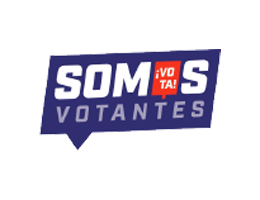
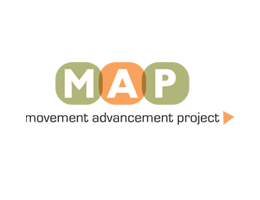


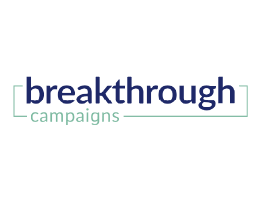
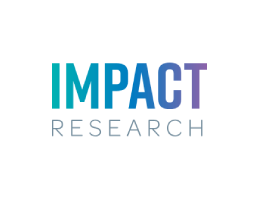
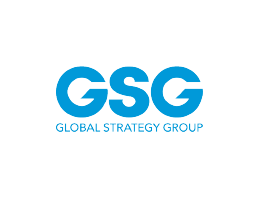

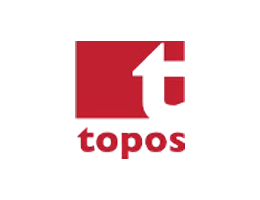
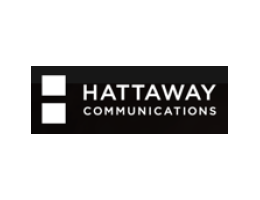
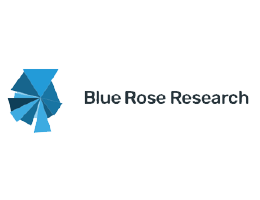


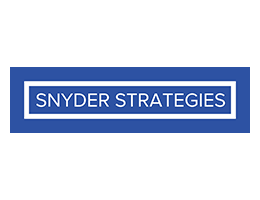


Have questions?
Request a briefing?
Reach out to us.

